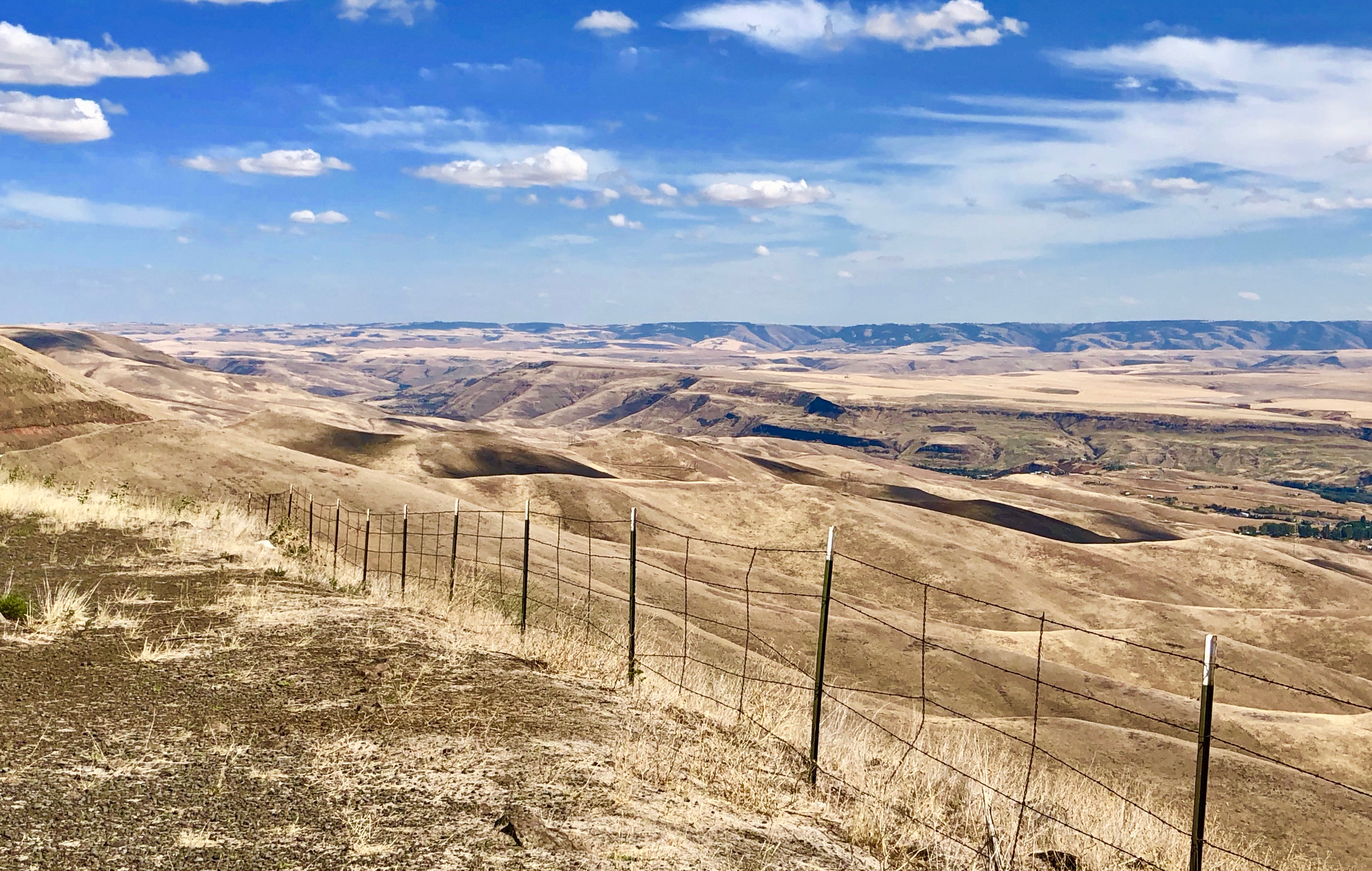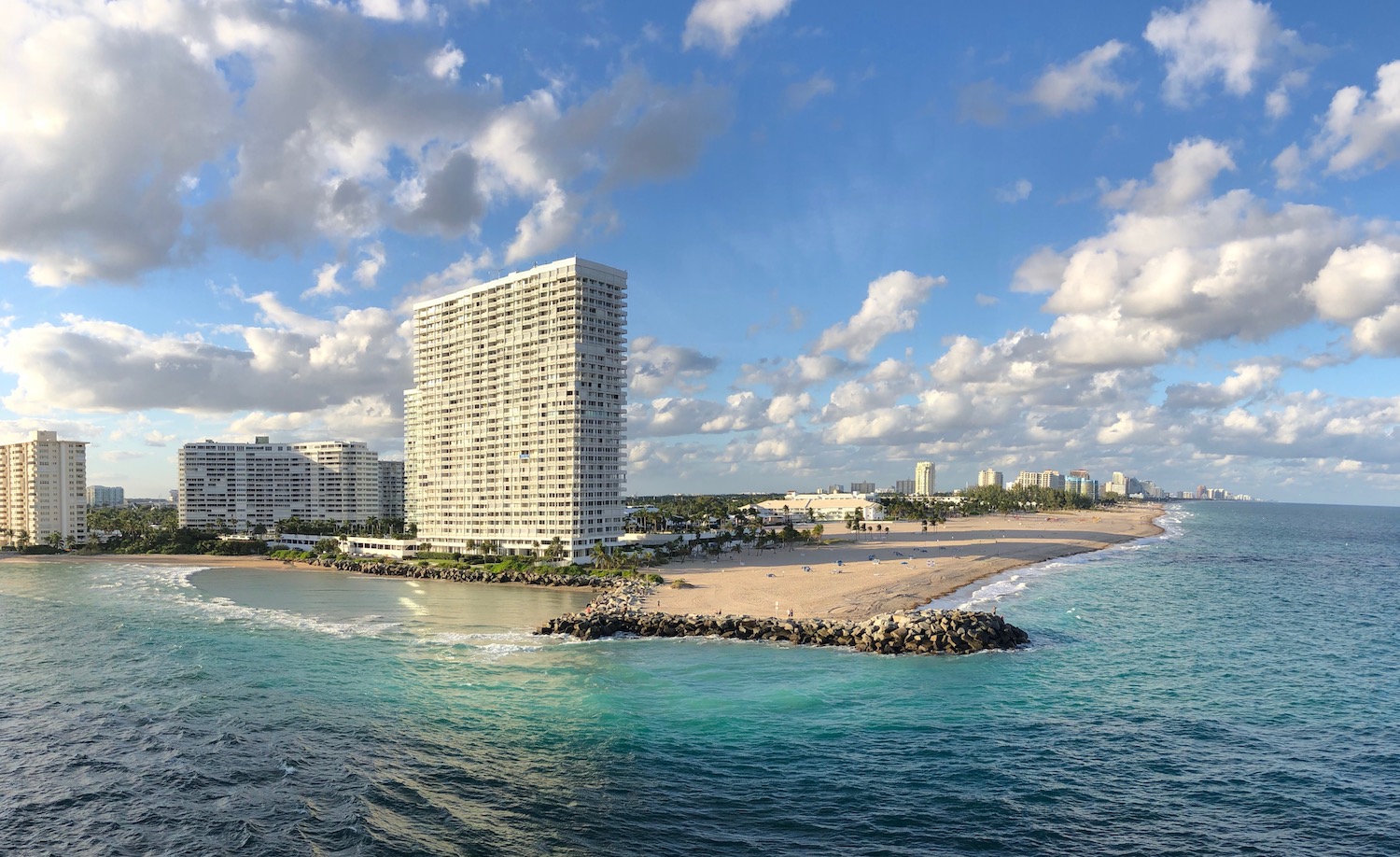
Tasmania and Sydney, Australia: Unzoos and Zoos, Manly, and the Golden Princess – Finally!

Funny what comes to mind when people heard we were visiting Tasmania. No one thought we were talking about Tanzania, thank goodness (they all had excellent geography teachers, I’m sure), but everyone asked if we would see Tasmanian devils while here.
Puzzled, our new Tassie friends asked us why Americans inevitably ask about the devils, and we laughed – it’s the cartoon, of course! Tassies are not familiar with the cartoon devil, so just goes to show you how mind-penetrating those Saturday morning cartoons can be. Americans of a certain age (our age) grew up with that rambunctious, whirling dervish the Tasmanian Devil, so that’s what we think of when we hear the word ‘Tasmania’. There’s so much more to know, though, about this small island hanging out on the bottom of the world maps we studied back in elementary school.

For example: Did you know Tasmania has an Unzoo? Or that Tasmanian devils are in danger of going extinct? Or that you can feed kangaroos out of your hand at the Tasman Peninsula’s Unzoo, and if you don’t open your hand wide enough, the ‘roo will pry your hand open with her claws? (I learned this one the hard way). Or the difference between a kangaroo and a wallaby? Or how Tasmania’s convict beginnings have only just begun to be celebrated, not hidden shamefully from the world?
Yes – Today, it’s totally cool to have a convict (someone who’d done time at Port Arthur for crimes committed in Britain) on the family tree. Not that many years ago, a convict in the family closet was a source of shame, but not any more. A writer whose relative was shipped from Ireland for stealing a gown, for instance, recently remarked, “We’re immensely proud of her.”

So we learned a ton about Tasmania in our week here, and boy do Tasmanians have much to boast about today (although I can’t imagine them boasting). We will never forget the island’s staggering coastal landscapes, the stark clarity of light, its craggy peaks, clean air and water, its burgeoning foodie culture, and her friendly citizens. But we barely touched the surface of this place, so a future visit is in the offing, I’m sure.
The Unzoo’s animals are wild, and kept in as close to a natural state as possible. Wild wallabies, padmelons (the smallest wallabies), possums, parrots, honeyeaters and sea eagles live here, and my fave – friendly kangaroos. While they didn’t seem very wild, we were completely taken by surprise when we walk through the gate of a wide grassy field and found kangaroos and wallabies hopping everywhere. A wallaby, by the way, looks like a kangaroo but is smaller by about half, and a different species of marsupial altogether.

The only kangaroos we’ve seen in the past lived in zoos behind gated enclosures, and that’s exactly where they were when we visited Sydney’s Taronga Zoo the day after our Unzoo visit. At the Unzoo, though – we opened the gate to step out among a huge mess of ‘roos, and fed them kibble from our hands. Boy do they like their kibble. When I didn’t open my hand wide enough for one fellow, he literally pried my hand open with his long black claws. He didn’t scrape me, but was rather insistent. Give up the kibble, lady, or the hands get hurt. I did as he wanted, and gave up the kibble – I bet you would, too, if a kangaroo tried to pry your hands apart with his claws. Those guys are not exactly small, and their hopping legs are outfitted with tendons of steel.


And yes, we met a couple honest-to-goodness Tasmanian devils at the Unzoo – Rosie and Bob, I think their names were. The exotic little devils face extinction today due to Devil Facial Tumor Disease (DFTD), a contagious scourge that has decimated 90% of the wild devil population. Unzoo scientists and others are working frantically to save the devils through tracking programs and isolation strategies, but so far no cure for DFTD has been discovered. Unzoo devils, while technically wild, are kept in captivity for their own safety, as well as for breeding purposes designed to preserve this threatened species.
Rosie danced frantically in circles as she anticipated feeding time. While only about the size of a small dog, devils are the largest carnivorous marsupial. The tourist audience, at first captivated by charming whirling Rosie, recoiled a bit when she chomped through her marinated (think rotten and smelly) meal of fresh padmelon meat. Her carnivorous characteristic became gruesomely evident as we watched – and heard – her crunch down every last piece of meat and bone with her powerful incisors, until she had consumed the last delectable morsel. Luckily devils don’t eat people, unless you’re already dead. In that case, not a scrap of your remains will go to waste, not if Rosie sets her incisors to finishing off your carcass.

I also fell in love with the tawny frogmouth, a bird with a sad owl face that is not an owl. No talons on these guys, but they have very big hearts. That’s because they remain faithful to their mates for life, the male grooming the plumage of his beloved female with his beak. He builds the nest for her, and busies himself with all things domestic to keep the home a happy one. One problem, though: How do we tell the difference between the males and the females? No one has a clue.


After our Unzoo visit we headed to the Hobart airport to return to Sydney, where we visited the Taronga Zoo the next day, to find us some caged critters. Caged they were, but still fascinating: Koalas, Komodo Dragons, giraffes, platypuses, emus, lemurs, and more. Taronga Zoo is a short ferry ride from Sydney’s Circular Quay, and is worth visiting for the scenery alone. Taronga’s caged animal residents have it made, in terms of pricey Sydney real estate – such amazing views, from the zoo gondola to the acres of zoo grounds meandering down the hillside to the harbor.

When we visited Sydney last year one of our favorite tourist jaunts was a Sunday ferry ride to Manly Cove and famous Manly Beach. We liked it so much, in fact, we did it again this year, on a Sunday – which was important, because on Sundays you can ride the ferries anywhere, all day, for a total cost of about $2.50. This year, we walked north of Manly Cove toward Fairlight Beach, just one of several amazing beaches within walking distance of Manly’s ferry pier. And we learned something new: Manly was not named after some British lord or sea captain. Captain Arthur Phillip named Manly Cove after the indiginous residents, in 1788 – imagine that. He noted that “Their confidence and manly behavior made me give the name of Manly Cove to this place.” So a cove for manly men, I guess – I have a good buddy who’s going to love that one.

At the head of the Manly Pier we found a grocery store (and a gelato stand – yum), to stock up on cruise provisions for our 30-day cruise (think Diet Coke) – longest cruise we’ve done so far.This year we lodged at the lovely Holiday Inn Old Sydney at the Rocks, just a short suitcase-roll down the hill to Sydney’s cruise terminal. When we woke up on our last day in Sydney, the Golden Princess was right there waiting for us down at the pier. Our four pm departure was delayed until well after dark, so we set sail amid twinkling harbor lights, glowing ferries darting here and there, and the luminous Sydney Opera House presiding over all – wow.



Next stop: New Zealand’s South Island and the majestic Fiordlands. But not before we meet up with shipmates, tablemates, our cabin steward, and all the other players onboard our new floating city at sea for the next month, the Golden Princess. That’s a long time, even for us, but we’re game.
Hey, we don’t have to make our own bed for a whole month, I hear there’s lobster somewhere on board, and the Dramamine’s packed in case the South Seas kick up a nauseating fuss. By the way, Padre never gets seasick, one of life’s injustices – since he grew up landlocked in Detroit while I grew up on boats. So not fair. But really, what’s not to like? Bon Voyage and thanks as always for following along, everyone!



